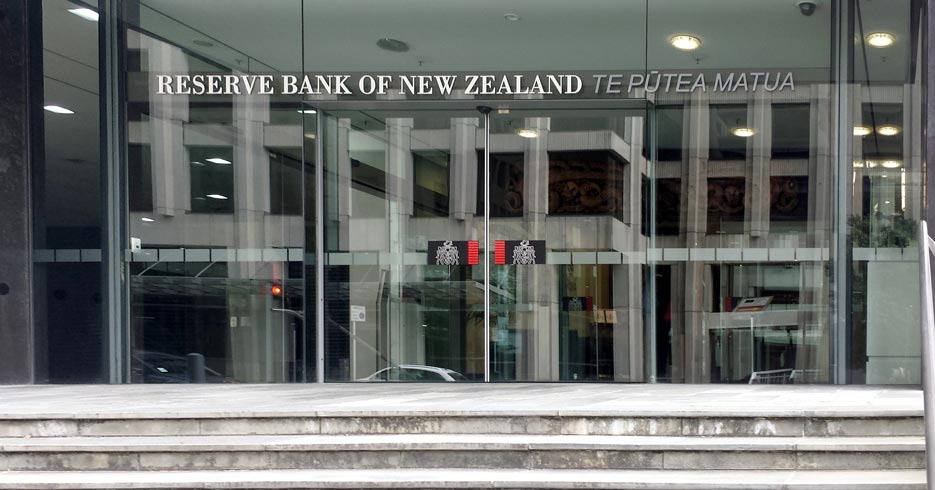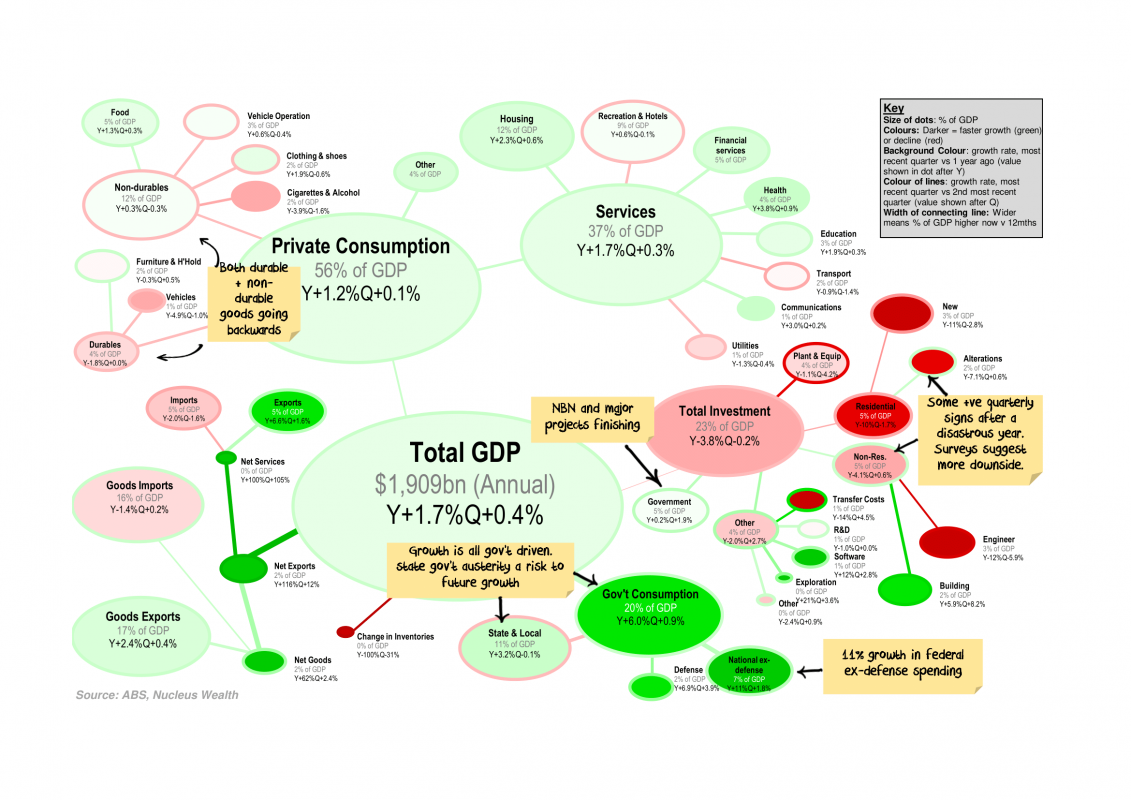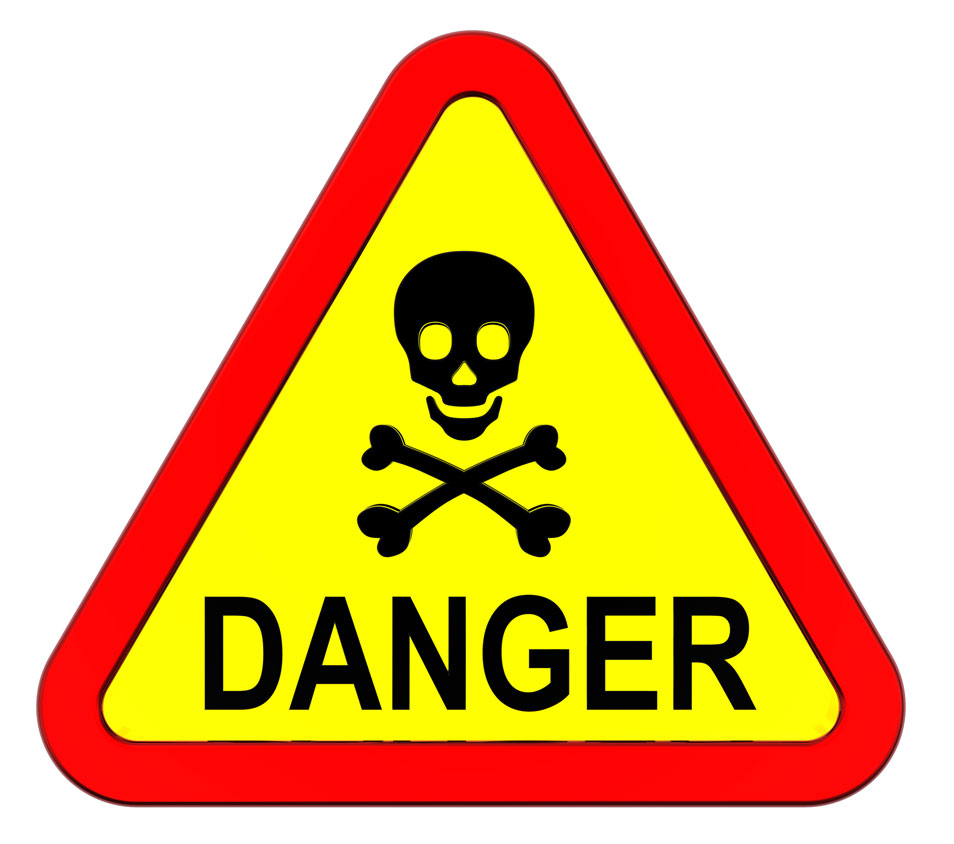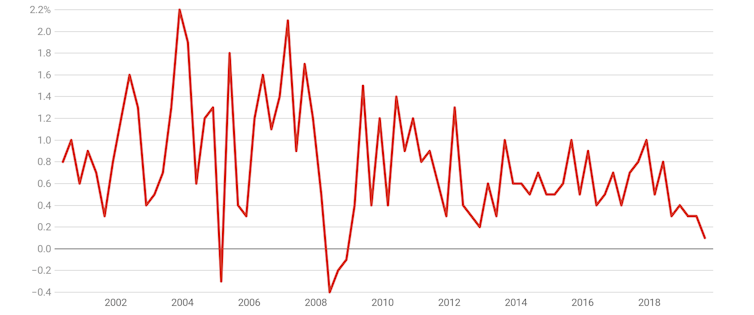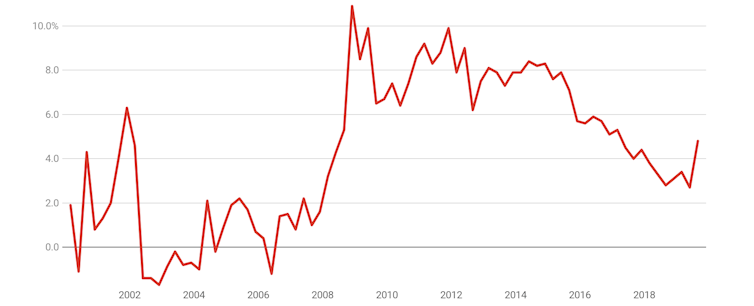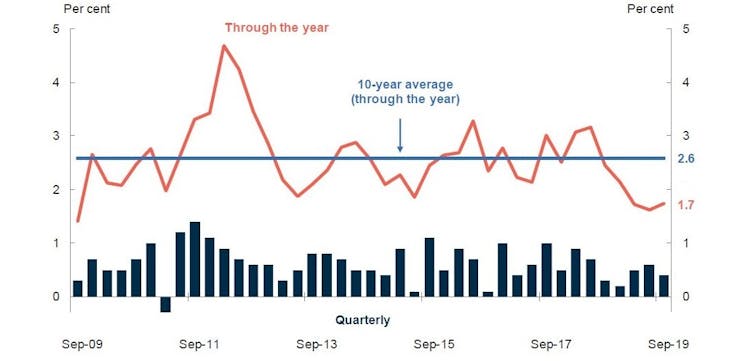As the country continues its inexorable march towards a cashless society, it’s important to remember the downsides. Via The Adviser.

Australia has been just a few years away from being a cashless society for a couple of decades now, but it will eventually get there. Legislation currently before the Senate aims to ban transactions over $10,000 in a bid to hinder the black economy. From there, it’s not difficult to imagine that the ubiquity of digital payment systems – and efforts the by government – will see hard cash disappear at some point in the future.
One of the supposed benefits of a cashless society is that it cuts down on crime, the logic being that if there’s less cash to steal, less cash is stolen. Laundering dirty money is also harder, as every transaction is logged in some form or another.
But a cashless society comes with a number of negatives that might well outweigh the positives.
“As payments move online, there would be an increased risk of crimes such as identity theft, account takeover, fraudulent transactions and data breaches, due to the higher volume of cashless transactions and more points of exposure for the average consumer,” Dr Richard Harmon, managing director of financial services at Cloudera, told Investor Daily.
“Hackers and other criminals now have new ways to get access to accounts and to potentially set up synthetic accounts to facilitate more sophisticated money laundering activities.”
And that’s just the risk posed by hackers. According to the UK’s access to cash report, a cashless society could heighten the risks of financial abuse. Elderly people, who might lack understanding of digital technology, would be particularly vulnerable. Couples with joint bank accounts are also at risk – money can be tracked and controlled by one person. These issues are already of great concern, but they’d be even worse in a cashless society.
That’s not to mention that digital systems rely on topnotch digital infrastructure, something that Australia doesn’t exactly have in spades. That infrastructure also has to be more or less impervious to cyber attacks, which may be carried out by state-sponsored actors with an interest in crippling a country’s entire financial system. In the face of that existential threat to the economy, a little bit of money laundering doesn’t seem so bad.
A cashless society could also make things worse for workers and the most vulnerable. It’s only a short jump from cashless to “cashier-less”, and a cashless society would have to deal with an explosion of unemployed low-skill individuals.
Meanwhile, those who lack access to banks – or prefer not to use them – are also at risk.
“Let me highlight that one of the concerns about becoming a cashless society – at least as we transition into this state – is the ability for the underbanked or unbanked to have sufficient access to function properly as they would within a cash-based system,” Dr Harmon said.
“This would be a key concern from a societal perspective.”
The idea of a cashless society is promising. But hidden in that promise are a number of caveats that any country – let alone Australia – would be foolish to ignore.

